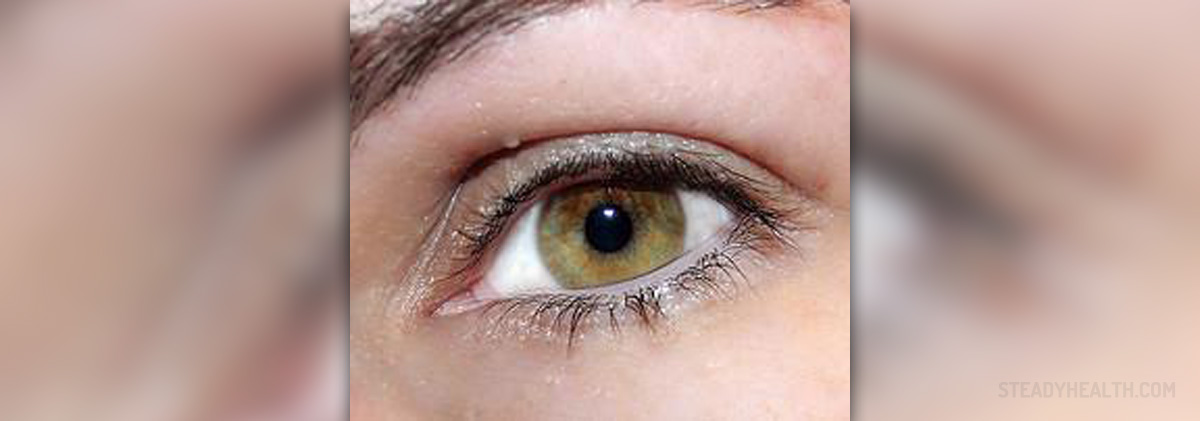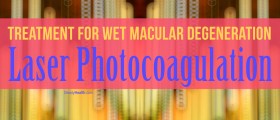
LASEK eye surgery is known under a number of different names. Some people refer to this procedure as to Photo-refractive keratectomy while the others call it Laser-Assisted Sub-Epithelial Keratectomy or simply Laser Epithelial Keratomileusis. LASEK surgery is a procedure aimed to correct patients’ vision and reduce their dependence on glasses or contact lenses.
The first LASEK procedure is performed in 1987, and it is becoming increasingly popular. It shares some of the benefits with LASIK eye surgery, but it is distinct from it since it involves the application of laser energy directly to the eye's outer surface for reshaping and vision correction, instead of making a corneal flap before reshaping the cornea.
The LASEK procedure
LASEK procedure is done under the local anesthesia. The first step of the procedure is to cut the epithelium, the outer layer of the cornea, by using an extra-thin blade. The surgeon then covers the eye with a diluted alcohol solution and holds it for about 30 seconds. If this phase is performed correctly, the edges of the epithelium will soften and the surgeon will be able to lift the epithelial flap and fold it back. The surgeon then uses the excimer laser, which is an instrument that uses ultraviolet light to vaporize and remove tissue from the eye's surface. When the corneal tissue is sculptured, the epithelial flap is repositioned back to the eye.
After the procedure
The recovery from LASEK surgery usually lasts a bit longer than LASIK recovery. The flap edge heals in about a day but patients are commonly advised to wear a bandage for a couple of days to protect the eye from any kind of possible infections. Usually, patients complain about slight irritation in a next couple of days, but better eye vision is to be expected in up to four to seven days.
LASEK is generally considered a safe procedure but similarly to LASIK, it is also associated with a number of temporary and permanent complications. The most frequent complications of LASEK are dry eyes, pain, glare, halos or sunburst aberrations. Dry eyes are the most common complication and in most cases, this problem is can be permanent. Using modern lasers as of the year 2005, the risk of complications of LASEK is decreased.
In some rare cases, however, the loss of best-corrected visual acuity can also occur. This happens in 1 to 3% of cases, and it is usually reversible with a follow-up procedure.

















Your thoughts on this
Loading...